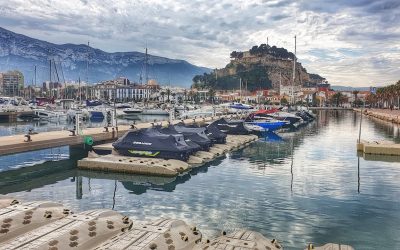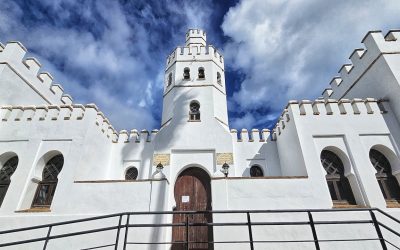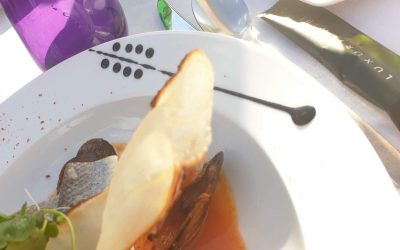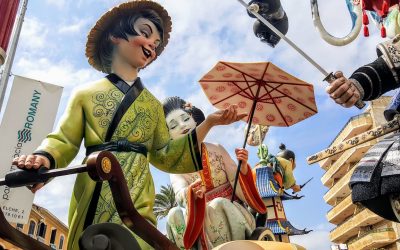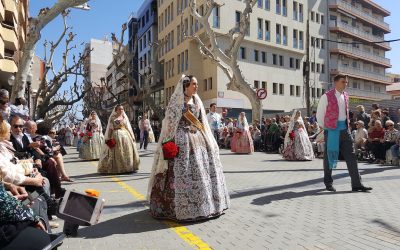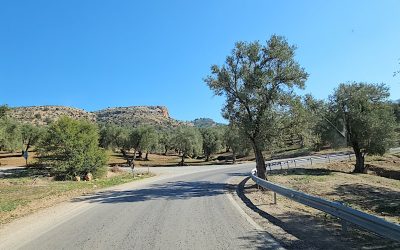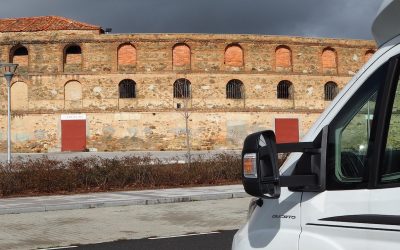Exploring Dénia is a delight; sat in the south east corner of Spain, it teeters on the edge of the Costa Blanca magnet. And yet Dénia...

Denia
Denia
Reasons to tour Spain in a motorhome
Travelling through Spain over the last two years has been an enlightening experience that has taught us plenty, surprised us consistently...
The Republic Restaurant Denia
Republic Restaurant, Dénia Marina, Spain So imagine this... It's winter and the archetypal seasonal blues are hibernating...
Visiting Spain during Las Fallas
Imagine the scene: You are walking through a southern Spanish town centre admiring the shops when firecrackers go off around your feet,...
Denia’s Las Fallas celebrations
Spain cannot be rivalled for its annual diary of fiestas, each one demonstrating a certain passion for religion, ancient tradition or...
Travel’s Paradox – movement or stillness?
As I sit here, the evening before we head off on the road again, after five weeks in Camping Los Pinos, Denia, Spain, I find myself very...
10 Spanish Destinations not to miss
As we sit just across the French/Spain border, it seems appropriate to reflect on our Spanish odyssey over the last seven weeks of 2016...
Follow us
You can find us on social media,
different channels for different content.

